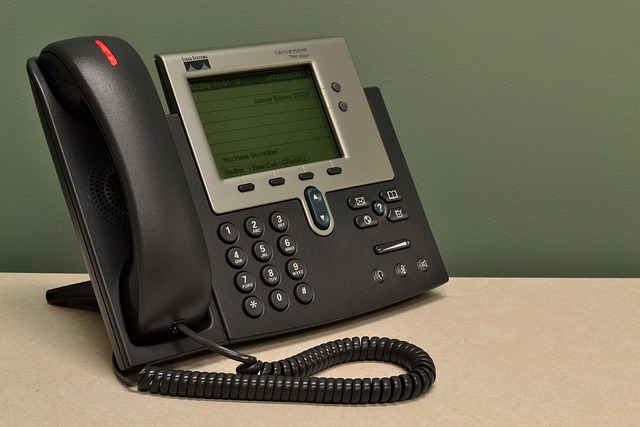
The Ultimate Guide to Optimizing Your Hardware Helpdesk: IT Solutions and Technology Insights
The fast-paced evolution of information technology has transformed how organizations manage their operations. One critical area where this evolution is felt most keenly is in the Helpdesk sector. A well-optimized helpdesk can be the backbone of an organization, supporting users and resolving issues swiftly, but it often faces challenges that can hinder efficiency and effectiveness.
In this ultimate guide to optimizing your hardware helpdesk, we will explore essential strategies, tools, and insights that can improve your IT support service while enhancing user satisfaction. Understanding your helpdesk’s fundamental role is crucial; it’s not just about fixing broken machines or troubleshooting software—it’s about ensuring that employees can perform their duties without interruptions.
One effective approach is adopting a comprehensive ticketing system. A robust, user-friendly ticketing system enables workers to report issues in real-time and track their resolution status. This transparency helps build trust within the organization, as employees feel their problems are being addressed promptly. Tools like Zendesk or Freshdesk not only streamline ticket management but integrate solutions for IT monitoring, allowing for a proactive approach toward recurring issues.
Moreover, knowledge is power—empowering your helpdesk staff with the right training and access to information is vital. Regular training sessions in the latest technology trends ensure that IT staff are well-equipped to handle diverse situations. A well-maintained knowledge base can serve as a go-to resource for both staff and users, minimizing the time spent resolving common issues and encouraging self-service approaches.
Another critical element is the implementation of automation into your helpdesk operations. Tools like chatbots can handle initial inquiries and filter common problems, freeing up human resources for more complex issues. Automation not only speeds up response times but also reduces the workload on staff, allowing them to focus on improving user experience rather than getting bogged down by repetitive tasks.
Regularly collecting user feedback about the helpdesk experience is equally important. Surveys and feedback forms can reveal pain points and areas for improvement, offering insight into user satisfaction and identifying trends over time. By acting on this feedback and communicating changes to employees, you foster a culture of continuous improvement and engagement.
Finally, integrating an analytics tool into your helpdesk can provide valuable insights into performance metrics. By analyzing ticket resolution times, common issues reported, and overall staff performance, managers can make informed decisions about resource allocation and staff training. This data-driven approach not only optimizes existing processes but also highlights areas for future investment in technology or training.
Embracing these strategies in your helpdesk operations not only enhances productivity but also cultivates a responsive environment where users feel valued and supported. In a world dominated by rapid technological advancements, an optimized helpdesk is not merely a luxury; it is an essential component of successful IT solutions and technology integration.



